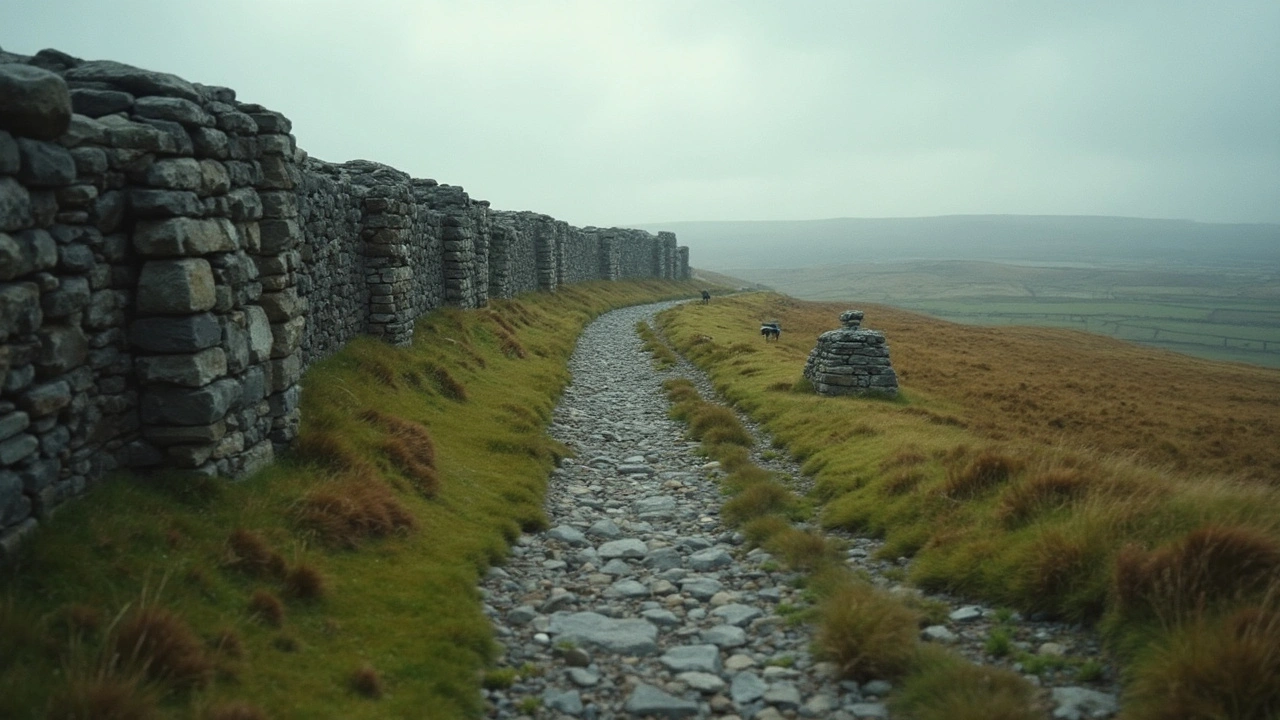Arches and Concrete: The Ultimate Guide to Modern Architectural Mastery
When you think of strong, graceful structures, arches and concrete probably pop up first. From ancient bridges to sleek city towers, the combo lets designers make big spans without a lot of fuss. Let’s break down why this pair works so well and how you can use it in everyday projects.
Why Concrete Made Arches Click
Concrete is cheap, moldable, and strong once it cures. Those traits let you shape long, curved forms that would be hard with stone or wood. Add steel reinforcement and the arch can carry huge loads, so engineers love it for bridges, parking decks, and even fancy museums.
Historically, the Romans poured concrete into wooden frames to get those perfect round arches we still see in ruins today. Modern tech lets us pour thinner shells and even use transparent additives, so you can get light‑filled arches that still hold weight.
Tips for Using Arches in Your Projects
First, decide the arch shape. A simple semicircle is easy to design, but a pointed or parabolic arch can give a more dramatic look. Sketch the curve on paper, then translate it to a 3‑D model before you order forms.
Second, plan the reinforcement. Place steel rebar along the curve’s outer edge where tension is highest. This stops cracks and keeps the arch solid for years. If you’re new to rebar, a quick video tutorial can save you hours of trial and error.
Third, think about the finish. Exposed concrete looks raw and modern, but you can also paint, stain, or apply a thin brick veneer for a softer vibe. Choose a finish that matches the building’s overall style.
Last, check local codes. Some cities have height limits or require special inspections for large concrete arches. A quick call to the building department can keep you from costly redesigns later.
Beyond the basics, playing with arches can spark creativity. Try stacking a small concrete arch on top of a wooden beam for a mixed‑material look, or combine several arches to create a vaulted ceiling. The possibilities are endless once you get the hang of the material.
Concrete comes in several mixes, from plain cement paste to high‑strength blends with additives. For arches, a mix with good workability and enough compressive strength is key. Asking your supplier for a “arch‑grade” mix can save you headaches later.
If you’re curious about real‑world examples, think about the Gateway Arch in St. Louis or the sleek concrete arches of many modern museums. Those projects started with simple sketches, then used the strength of concrete to turn ideas into reality.
In short, arches and concrete give you a reliable, affordable way to add drama and function to any design. Whether you’re a homeowner adding a porch, a student drafting a school project, or a pro architect planning a skyscraper, the principles stay the same: shape the curve, reinforce it well, finish it right, and check the rules.
Got a specific question or a project you’re stuck on? Share it in the comments and we’ll help you figure out the best arch solution.

Ancient Roman Architecture: Power, Prestige, and Engineering That Built an Empire
How Rome used architecture to project power and solve real problems. Learn the tech, the symbols, and how to read Roman buildings in minutes.
Read more